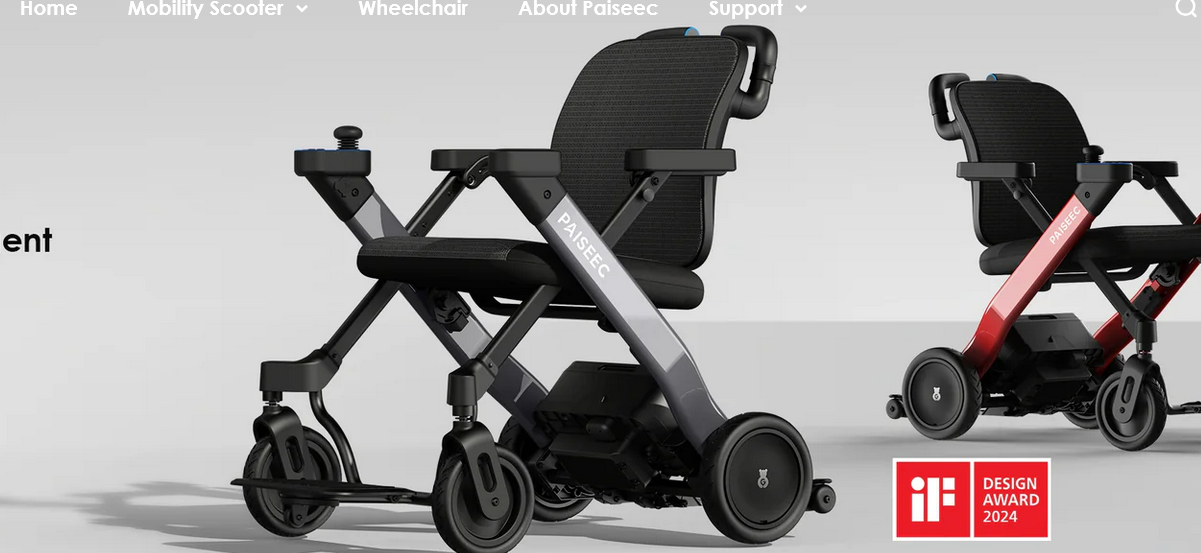Understanding Car Touch Screens: Revolutionizing the Driving Experience

Strong 8k brings an ultra-HD IPTV experience to your living room and your pocket.
In recent years, car touch screen have transformed the way we interact with our vehicles. From controlling music to navigating routes and adjusting settings, touch screens are now an integral part of modern automobiles. As automotive technology advances, these touch-sensitive displays continue to evolve, offering enhanced functionality, user experience, and safety features.
The Rise of Car Touch Screens
Car touch screens, or infotainment systems, began as luxury features found in high-end vehicles. However, with increasing consumer demand and advancements in technology, they have become standard in many mid-range and budget-friendly cars. These systems are designed to replace traditional buttons and knobs, offering a more streamlined and intuitive interface.
Touch screens in cars serve multiple purposes:
Navigation: The most common use of car touch screens is for navigation. GPS integration allows drivers to easily find destinations, view traffic updates, and reroute if necessary.
Entertainment: Music, podcasts, audiobooks, and video streaming (when stationary) are all accessible through the touch screen. With Bluetooth or USB connections, drivers can link their smartphones or media devices to the car.
Climate Control: Many modern cars use touch screens for controlling the cabin temperature, fan speed, and seat settings, replacing physical dials and buttons.
Vehicle Settings: Touch screens allow drivers to adjust a range of settings such as driving modes, fuel efficiency, and even ambient lighting within the car.
Key Features of Car Touch Screens
The functionality of car touch screens extends far beyond basic navigation and media control. Here are some notable features that have become common in many vehicles:
Apple CarPlay and Android Auto: These platforms allow users to mirror their smartphones on the car’s touch screen. Drivers can access apps, make calls, send messages, and listen to music without having to take their hands off the wheel or eyes off the road.
Voice Control: Many systems now come with voice-activated assistants. By saying simple commands like “play music” or “navigate to the nearest gas station,” drivers can keep their focus on the road while interacting with the system.
Wireless Connectivity: Newer models of car touch screens offer wireless connections to smartphones, allowing for seamless integration without the need for cords or cables.
Advanced Safety Features: Touch screens can also integrate safety features such as backup cameras, lane assist, and collision detection systems. These features are displayed directly on the screen, providing real-time alerts and enhancing the overall safety of the vehicle.
Customizable User Interface: Some systems offer customizable home screens, allowing users to arrange icons and apps based on their preferences for quick and easy access.
The Advantages of Car Touch Screens
Intuitive and User-Friendly Interface: With their visual appeal and ease of use, touch screens are often more intuitive than traditional buttons and dials. They can display multiple controls in one place, reducing clutter and making it easier for drivers to make adjustments on the fly.
Improved Aesthetics: The sleek design of modern touch screens adds a futuristic feel to a car’s interior. They replace the traditional dashboard buttons with clean, high-tech surfaces that appeal to many consumers.
Enhanced Connectivity: The integration with smartphones, streaming services, and third-party apps creates a more connected driving experience. Features like real-time traffic updates, remote vehicle control, and personalized settings make driving more enjoyable and efficient.
Reduced Driver Distraction: While it might seem counterintuitive, car touch screens can actually reduce driver distraction when used correctly. By consolidating multiple functions (navigation, media, and climate control) into one interface, drivers no longer have to search for physical buttons while driving.
Challenges and Considerations
While car touch screens offer numerous benefits, they also come with some challenges and considerations:
Distraction Risk: Despite their potential to reduce distractions, touch screens can still divert attention away from the road if not properly designed. Many systems require several steps to change a setting, which can take the driver’s focus away from the road, especially in more complex menus.
Over-Complication: Some car manufacturers overcomplicate the user interface with unnecessary features or intricate menu systems, making it harder for drivers to quickly access the functions they need. Simple and intuitive design is key to ensuring safety.
Reliability and Durability: Touch screens can be prone to malfunctions, such as unresponsiveness or issues with calibration. The durability of the screen and the system’s longevity are important considerations when evaluating a car’s overall quality.
Cost of Repairs and Replacements: If the touch screen fails, repairing or replacing the system can be expensive. Depending on the vehicle, it may be necessary to replace the entire infotainment system rather than just the screen, adding to repair costs.
Future Trends in Car Touch Screens
As technology continues to evolve, so too will car touch screens. The future of these systems may include:
Gesture Control: In addition to touch, gesture control systems may allow drivers to operate the screen with simple hand movements, reducing the need to physically touch the display.
Augmented Reality (AR): Touch screens could integrate augmented reality, providing real-time data overlays such as navigation directions or hazard warnings directly onto the windshield.
Adaptive Interfaces: Future touch screens may adapt to a driver’s habits, learning preferences and frequently used functions to provide a more personalized experience.
Conclusion
Car touch screens have revolutionized the way we interact with our vehicles, offering a seamless and efficient way to control various aspects of the driving experience. As technology advances, these systems will continue to evolve, offering greater functionality and user experiences. While there are challenges to overcome, such as minimizing distraction and ensuring reliability, the benefits of car touch screens are undeniable, making them a must-have feature in modern vehicles.
Note: IndiBlogHub features both user-submitted and editorial content. We do not verify third-party contributions. Read our Disclaimer and Privacy Policyfor details.







